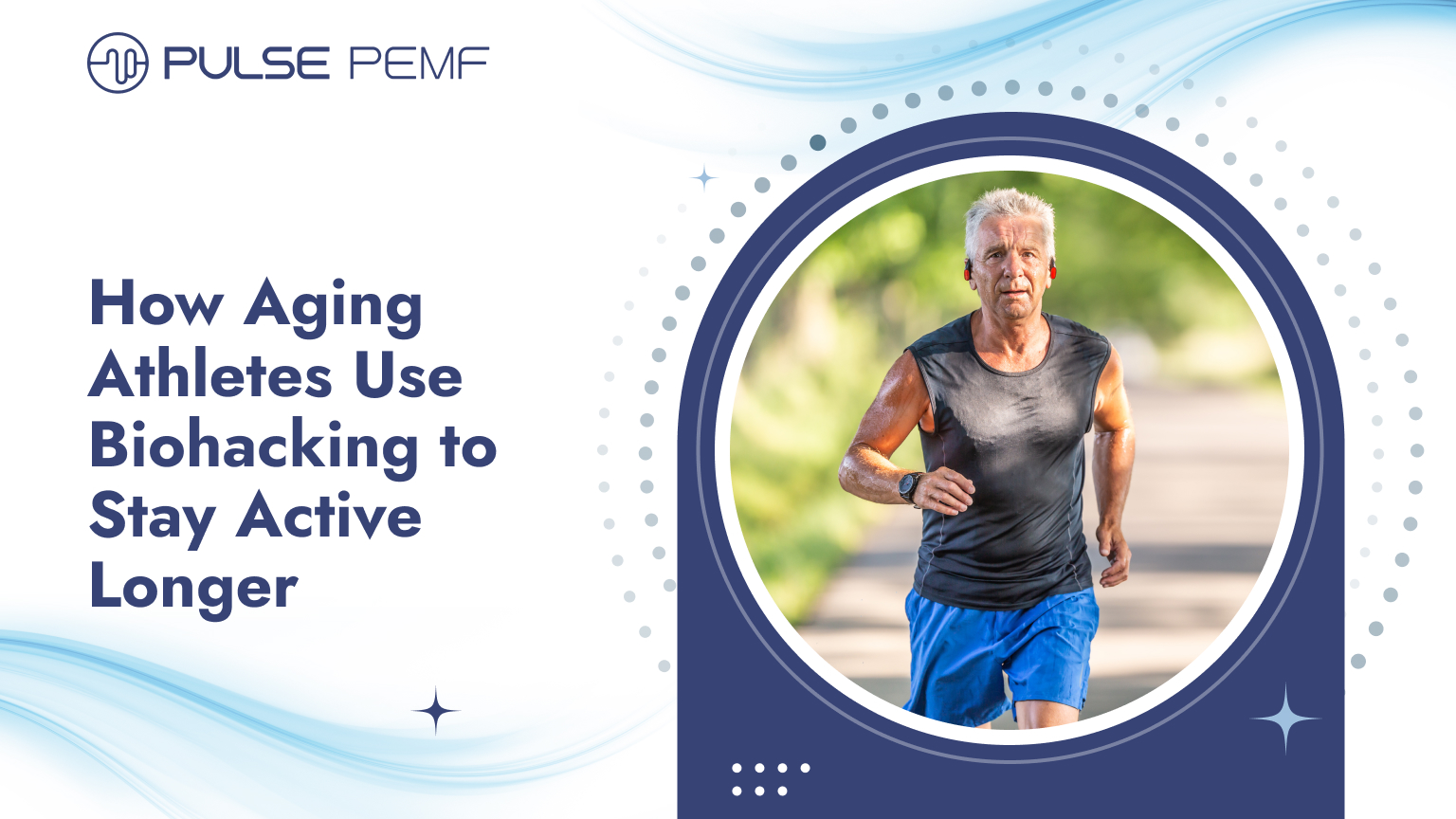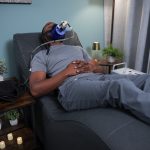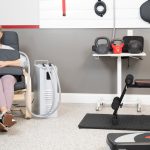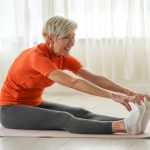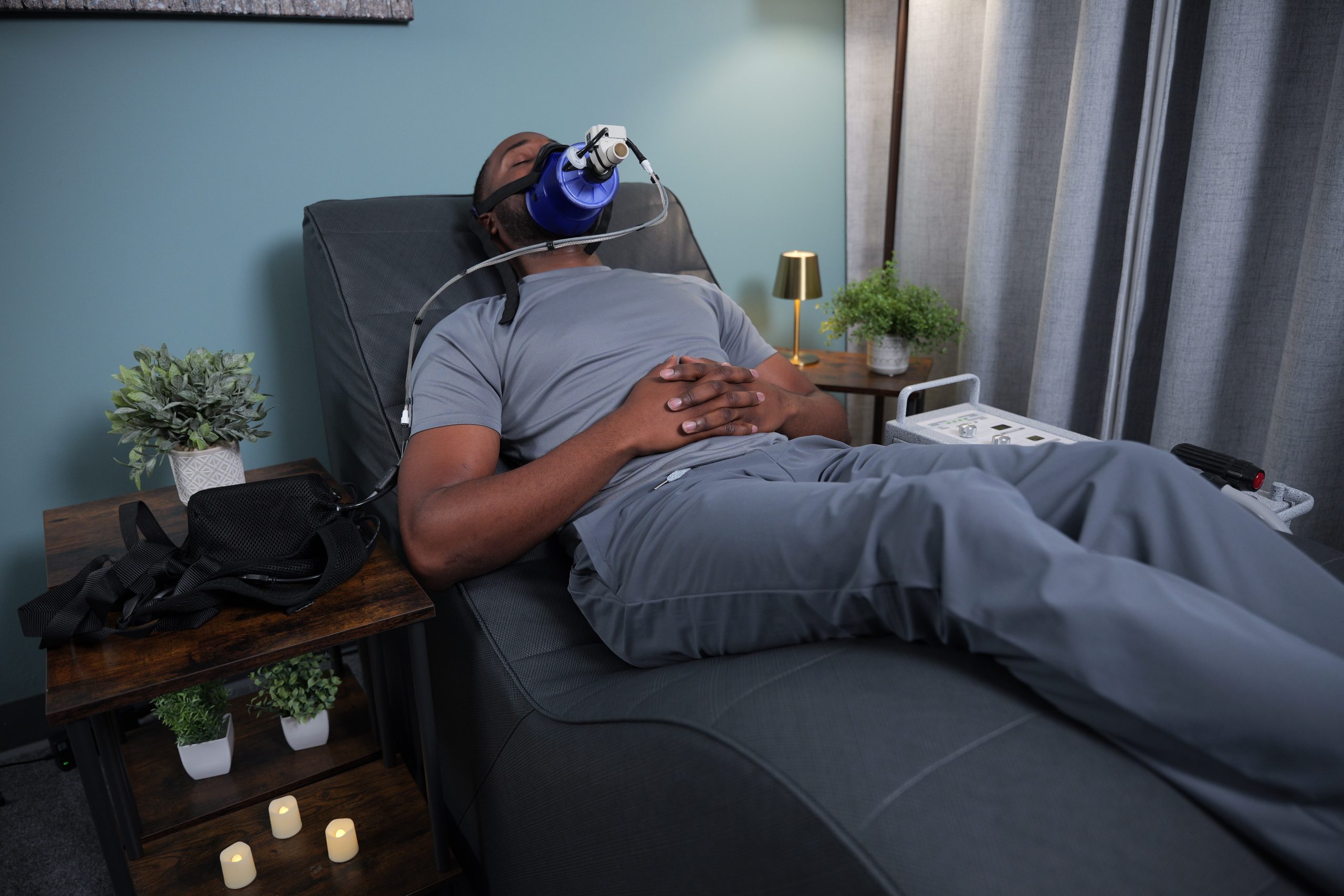As we age, our bodies naturally experience changes that can affect our physical performance and recovery time. While aging is inevitable, there are ways to optimize our health and maintain an active lifestyle.
Biohacking, a term that refers to the practice of making small changes to your lifestyle to improve your health and performance, has become increasingly popular among aging athletes. In this article, we’ll explore how aging athletes can leverage biohacking to stay active and competitive.
Challenges Aging Athletes Face
Physical Decline With Age
As we age, our bodies undergo natural changes that can impact our athletic performance. Some common physical challenges include:
- Slower recovery times: It takes longer for muscles to repair themselves after workouts.
- Increased risk of injury: Aging can lead to decreased flexibility and joint stability, making injuries more likely.
- Loss of muscle mass: As we age, we naturally lose muscle mass, which can affect strength and power.
- Decreased joint flexibility: Reduced joint flexibility can limit range of motion and hinder performance.
Mental And Emotional Challenges
In addition to physical challenges, aging athletes may also face mental and emotional barriers. These can include:
- Reduced motivation: As we age, it can be harder to stay motivated to train and compete.
- Increased mental fatigue: Aging can impact cognitive function, making it more difficult to focus and learn new skills.
- Psychological barriers: Fear of injury, doubt, and a sense of decline can hinder performance.
What is Biohacking and Why Do Aging Athletes Use It?
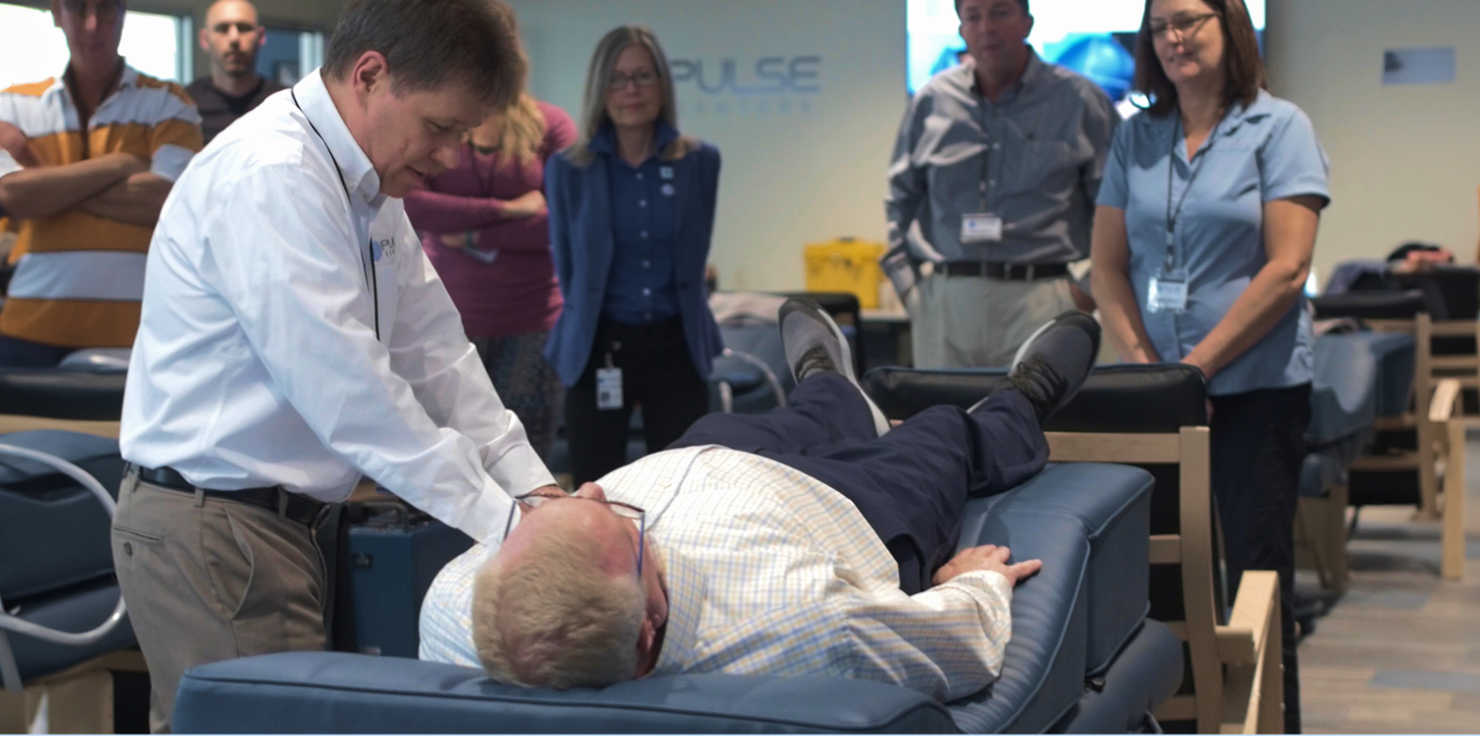
The Concept of Biohacking
Biohacking is a term used to describe the practice of using technology and science to improve human performance and health. It involves making small changes to your lifestyle and environment to optimize your body’s natural functions.
For aging athletes, biohacking can be a powerful tool for maintaining performance and longevity. By understanding how the body works and implementing specific strategies, athletes can optimize their training, recovery, and overall well-being.
Benefits for Aging Athletes
Biohacking offers a range of benefits for aging athletes, including:
- Boosted energy levels and endurance: By optimizing sleep, nutrition, and supplementation, aging athletes can maintain high energy levels and improve endurance.
- Enhanced recovery: Some biohacking techniques such as cold water immersion, compression therapy, and PEMF therapy may help accelerate recovery times and reduce muscle soreness.
- Improved mental performance: By optimizing brain health through strategies like meditation, mindfulness, and nootropics, aging athletes can maintain focus, concentration, and motivation.
Now, let’s dive into key biohacking strategies, techniques, and modalities that may benefit aging athletes.
Key Biohacking Strategies for Aging Athletes
Optimizing Nutrition and Hydration
A well-balanced diet is essential for aging athletes. Incorporating anti-inflammatory foods like fruits, vegetables, and lean proteins can help reduce inflammation and support joint and muscle health. Staying hydrated is also crucial for optimal performance and recovery.
Advanced Recovery Techniques
To accelerate recovery and minimize downtime, aging athletes can incorporate advanced recovery techniques into their routines. Cold therapy, such as ice baths or cold showers, can help reduce inflammation and muscle soreness. PEMF therapy, a non-invasive wellness modality, may promote optimal cellular function and enhance the body’s natural self-healing abilities.
Learn more about the benefits of PEMF therapy and how it can enhance your recovery by exploring the many educational resources on our website!
Strengthening Physical Resilience
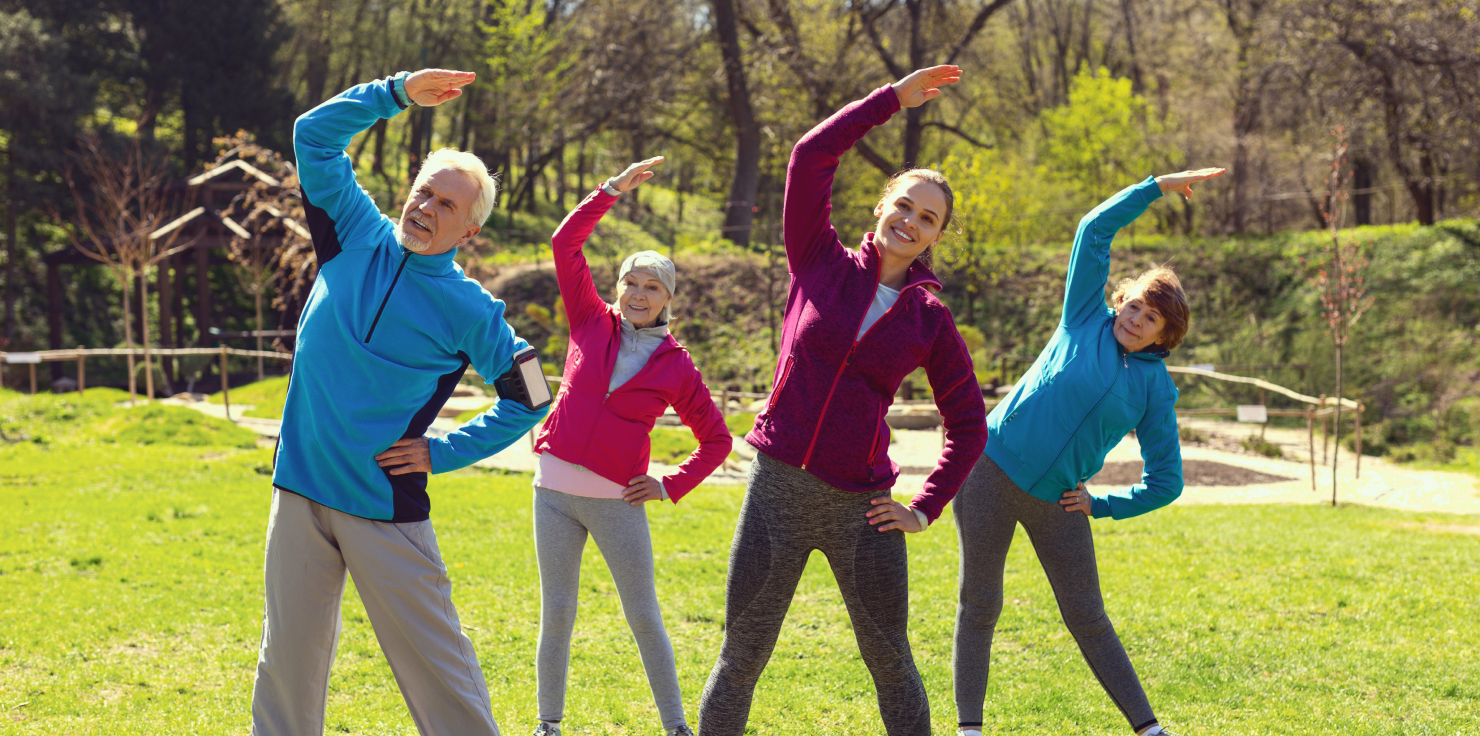
Strength training is essential for aging athletes to maintain muscle mass and prevent injuries. Incorporating resistance exercises into your routine can help you stay strong and active. Additionally, flexibility and balance exercises can improve mobility and reduce the risk of falls.
Enhancing Mental Performance
Mental health is just as important as physical health for aging athletes. Meditation and mindfulness practices can help reduce stress, improve focus, and enhance overall well-being. Additionally, certain supplements and nootropics can support cognitive function and memory.
Leveraging Technology for Performance Insights
Wearable technology can provide valuable insights into your training and recovery. By tracking metrics such as heart rate, sleep quality, and activity levels, you can make data-driven decisions to optimize your performance.
The Role of Recovery in Staying Active Longer
Prioritizing Rest and Sleep
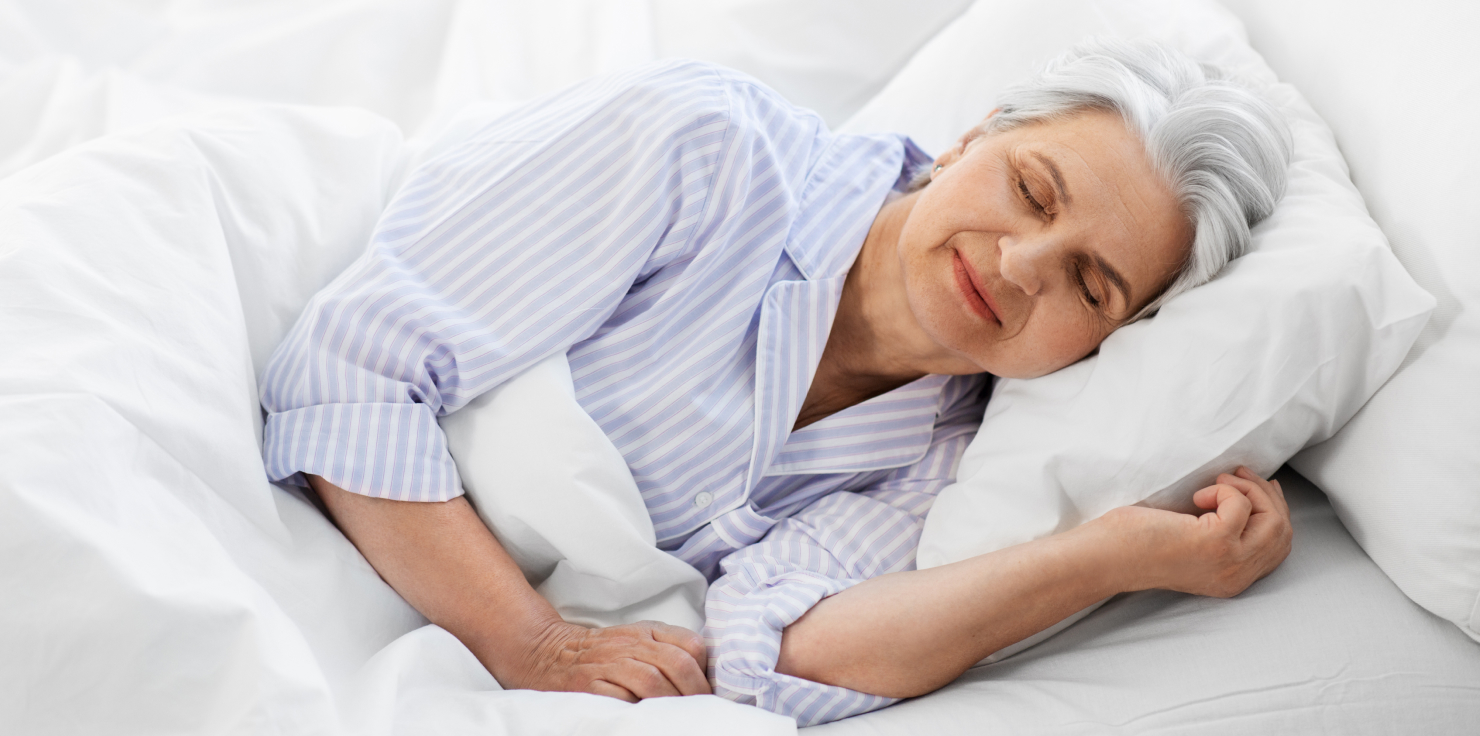
Rest and sleep are crucial components of any training regimen, especially for aging athletes. Quality sleep allows your body to repair and rejuvenate, ensuring you wake up feeling refreshed and ready to tackle the day.
To optimize your sleep, establish a consistent sleep schedule, create a relaxing bedtime routine, and ensure your sleep environment is dark, quiet, and cool.
Integrating Active Recovery Practices
Active recovery involves low-intensity activities that help promote blood flow and reduce muscle soreness. Incorporating activities like yoga, swimming, or light cycling into your routine can aid in recovery and prevent injuries.
Additionally, complementary practices such as massage and stretching can help alleviate muscle tension and improve flexibility.
Conclusion
By embracing biohacking strategies, aging athletes can continue to enjoy an active and fulfilling lifestyle. From optimizing nutrition and hydration to incorporating advanced recovery techniques, these methods can help you stay strong, healthy, and competitive.
Remember, it’s important to listen to your body and adjust your training and recovery strategies as needed. Consult with healthcare professionals to develop a personalized biohacking plan that aligns with your specific goals and needs.

